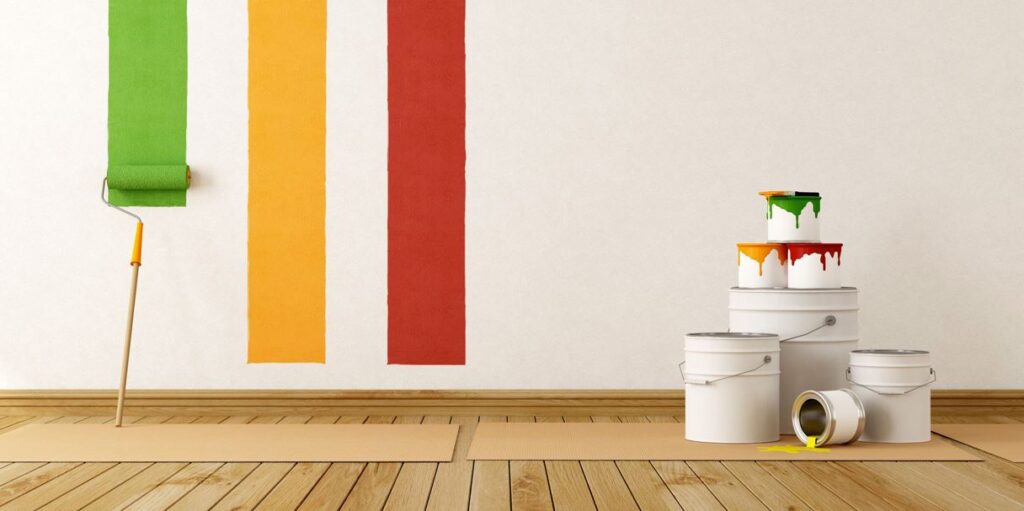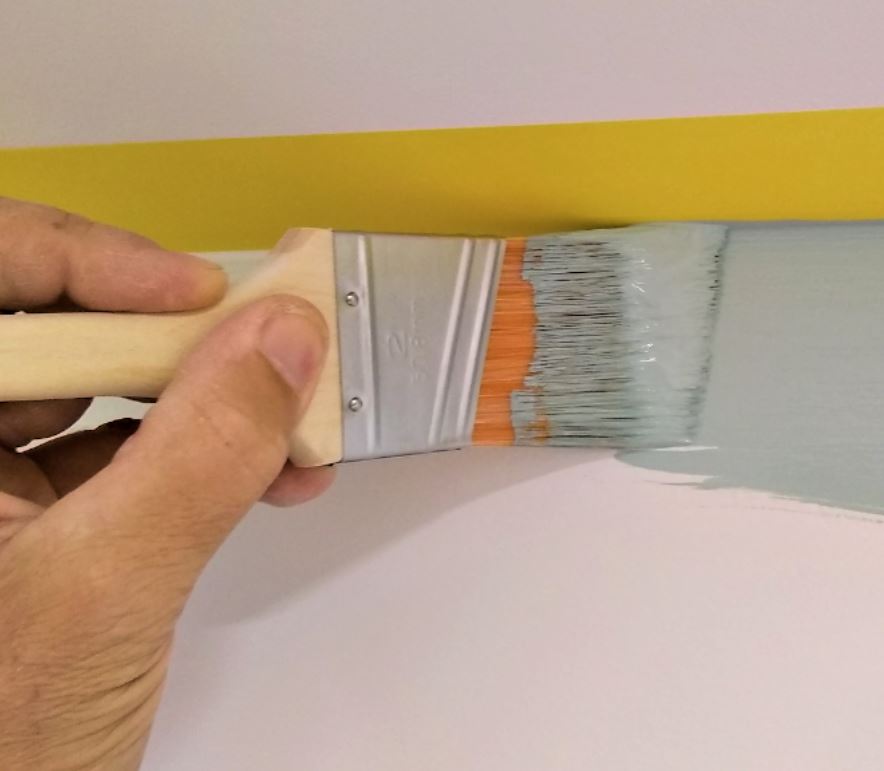From Boring to Beautiful: Painting Techniques to Elevate Your Home’s Aesthetics
When we think of home renovation, we often focus on structural changes or new furniture, overlooking something as simple yet transformative as paint. But colour is more than just a visual experience; it can influence our emotions, our perception of space, and even our daily lives. From the vibrant energy of bold reds to the calming serenity of soft blues, a thoughtfully painted room can completely elevate the aesthetics of your home.
This post aims to guide you through the enchanting world of colour and texture. Whether you’re longing to refresh a tired living room or bring a touch of elegance to your bedroom, the right painting techniques can make all the difference. With tools in hand and creativity in mind, you’ll learn to transform your spaces into beautiful canvases and the walls of your home into a reflection of your style.

Join us on this colourful journey, and discover how to turn the mundane into the magnificent, one brushstroke at a time. Whether you’re a seasoned artist or just dipping your brush into the world of interior painting, there’s a world of possibilities waiting for you to explore.
Understanding the Basics
Selecting the Right Paint
Choosing the right paint can be an overwhelming experience with various types available such as oil, latex, and acrylic. Here’s a breakdown:
- Oil-Based Paint: Durable and resistant to wear, ideal for trim and areas with heavy traffic.
- Latex Paint: Water-based and fast-drying, perfect for walls, and easy to clean.
- Acrylic Paint: Versatile and suitable for various surfaces, including exterior walls.
Understanding colour theory is essential in defining the room’s mood and ambience. Warm colours bring energy, while cool colours promote relaxation. Don’t hesitate to consult colour wheels and use paint samples to finalize your colour palette.
Preparing the Surface
Preparation plays a significant role in achieving a flawless finish:
- Cleaning: Remove dust, grime, and old paint using a suitable cleaner.
- Priming: Apply a primer to ensure proper paint adhesion and create a consistent base.
- Tools and Materials: Stock up on brushes, rollers, drop cloths, masking tape, and other essential tools for a smooth painting.
Traditional Painting Techniques
Roller Painting
Roller painting is a quick method suitable for large surfaces:
- Fill a roller tray with paint.
- Dip the roller and remove excess paint.
- Apply the paint using vertical motions for an even coat.
- Let dry and apply additional coats if needed.
- Brush Painting
Brush painting allows precision and is ideal for corners and details:
- Selection of Brushes: Choose brushes based on bristle type and size for different textures.
- Techniques: Use short strokes for a textured look or long, smooth strokes for a polished finish.
Sponge Painting
Sponge painting brings texture and depth:
- Apply a base coat and let dry.
- Dip a sponge in a contrasting colour.
- Dab onto the wall for a mottled effect.
- Experiment with different sponges and pressure for varied looks.
Advanced Painting Techniques
Faux Finishing
Faux finishing replicates textures like marble or wood:
- Marbling: Utilize various shades and veining techniques to mimic stone.
- Wood Graining: Use specialized tools to create the appearance of natural wood.
Stenciling
Stenciling offers customized patterns:
- Select or create a stencil design.
- Secure to the wall with tape.
- Apply the paint using a stippling brush.
- Remove the stencil and repeat as needed.
- Murals

Murals bring artistic flair:
- Planning: Sketch the design or use a projector for guidance.
- Execution: Paint carefully, building layers and details for a stunning mural.
Tips and Tricks
Blending Techniques
Blending creates smooth transitions between colours:
- Use a dry brush to soften the meeting points of different shades.
- Experiment with wet-on-wet techniques for more fluid blends.
Protecting Your Work
- Apply sealants or protective coatings to preserve the paint’s beauty.
Cleaning and Maintenance
- Clean brushes and tools immediately after use.
- Regularly wipe walls with a damp cloth to maintain appearance.
Safety Precautions
- Ensure proper ventilation during painting.
- Wear protective gear, including masks and gloves.
- Dispose of painting materials responsibly, following local regulations.
Painting is not merely about changing the colour of a wall; it’s a transformative process that breathes life and character into your living spaces. In this journey from boring to beautiful, we’ve explored the essentials of selecting the right paint and preparing surfaces, delved into traditional techniques like roller and brush painting, and unlocked the doors to creativity with advanced methods like faux finishing and murals.
Each technique offers a unique expression and allows you to customize your home to reflect your tastes, moods, and personality. Whether you’re seeking the soothing simplicity of blended hues or the intricate elegance of stencilled patterns, the canvas of your home awaits your artistic touch.
Don’t hesitate to experiment, play with colours and textures, and find what works best for your space. Remember, there are no strict rules in painting your home – only guidelines to help you along the way.
Leave a Reply